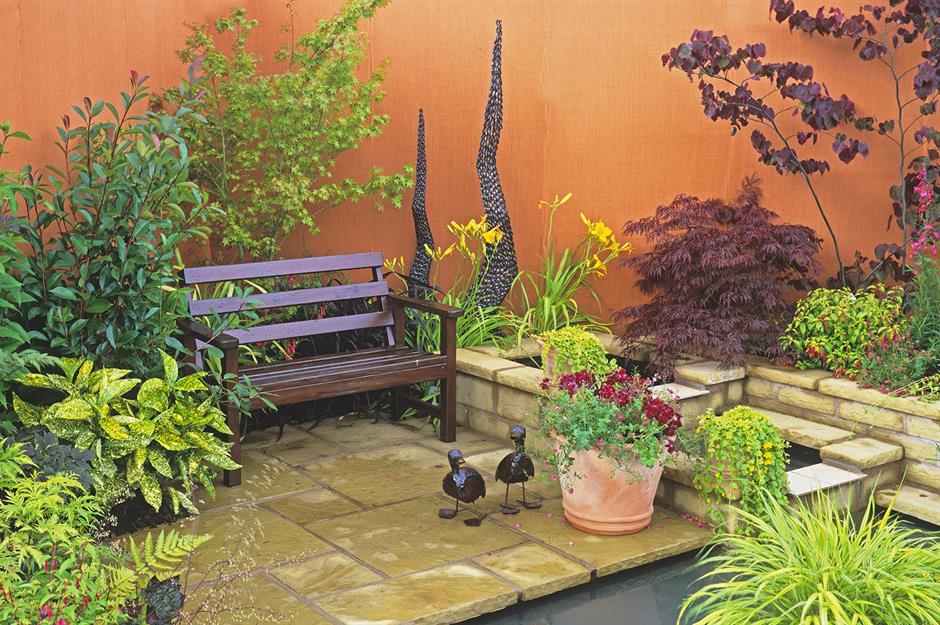Companion planting is the practice of growing different plants together for mutual benefit. The benefits of companion planting can include:
- Reduced pest and disease pressure. Some companion plants have natural insecticidal or repellent properties that can help to deter pests from attacking your other plants. For example, marigolds are a popular companion plant for tomatoes because they help to repel nematodes, which can damage tomato roots.
- Improved pollination. Some companion plants attract beneficial insects, such as bees and butterflies, which help to pollinate your other plants. This can lead to increased yields and better quality fruits and vegetables.
- Improved soil health. Some companion plants help to improve the soil structure and fertility, which can benefit all of the plants in your garden. For example, legumes, such as peas and beans, fix nitrogen in the soil, which can be used by other plants.
- More efficient use of space. Companion planting can help you to maximize the space in your garden by planting different plants that have different requirements. For example, you can plant tall plants, such as sunflowers, to provide shade for shorter plants, such as lettuce.
Types of Companion Plants
There are many different types of companion plants, and the benefits of each combination will vary. Some of the most common types of companion plants include:
- Attract beneficial insects. Companion plants that attract beneficial insects, such as bees, butterflies, and ladybugs, can help to control pests in your garden. Some popular plants for attracting beneficial insects include marigolds, nasturtiums, and yarrow.
- Repel pests. Companion plants that have natural insecticidal or repellent properties can help to deter pests from attacking your other plants. Some popular plants for repelling pests include garlic, onions, and chamomile.
- Improve soil health. Companion plants that improve the soil structure and fertility can benefit all of the plants in your garden. Some popular plants for improving soil health include legumes, such as peas and beans, and comfrey.
- Maximize space. Companion plants that have different requirements can help you to maximize the space in your garden. Some popular plants for maximizing space include tall plants, such as sunflowers, and groundcovers, such as nasturtiums.
Examples of Companion Plants
Here are some examples of companion plants that can be grown together:
- Beans and tomatoes: Beans fix nitrogen in the soil, which can benefit tomatoes. Tomatoes provide shade for beans, which can help to prevent them from bolting.
- Carrots and onions: The strong smell of onions helps to repel carrot root fly, which can damage carrots. Carrots help to improve the flavor of onions.
- Cucumbers and melons: Cucumbers and melons need a lot of water, so planting them together can help to conserve water. Cucumbers also help to shade melons, which can help to prevent them from sunburning.
- Lettuce and spinach: Lettuce and spinach grow well in the same conditions, so they can be planted together to save space. Lettuce also helps to shade spinach, which can help to prevent it from bolting.
- Marigolds and roses: Marigolds help to repel aphids, which can damage roses. Marigolds also help to improve the drainage around roses, which can help to prevent root rot.
How to Choose Companion Plants
When choosing companion plants, there are a few things to keep in mind:

- The needs of the plants. Make sure that the plants you choose have similar needs in terms of sunlight, water, and soil type.
- The pests and diseases that affect the plants. Choose companion plants that will help to repel or control the pests and diseases that affect the plants you are growing.
- The space available. Choose companion plants that will grow well in the space you have available.
- Your personal preferences. Ultimately, the best way to choose companion plants is to experiment and see what works best for you.
Conclusion
Companion planting is a great way to improve the health and productivity of your garden. By planting different plants together, you can attract beneficial insects, repel pests, improve soil health, and maximize space. There are many different types of companion plants, so you can find combinations that work for your specific needs. With a little trial and error, you can create a thriving garden that is full of healthy, productive plants.

